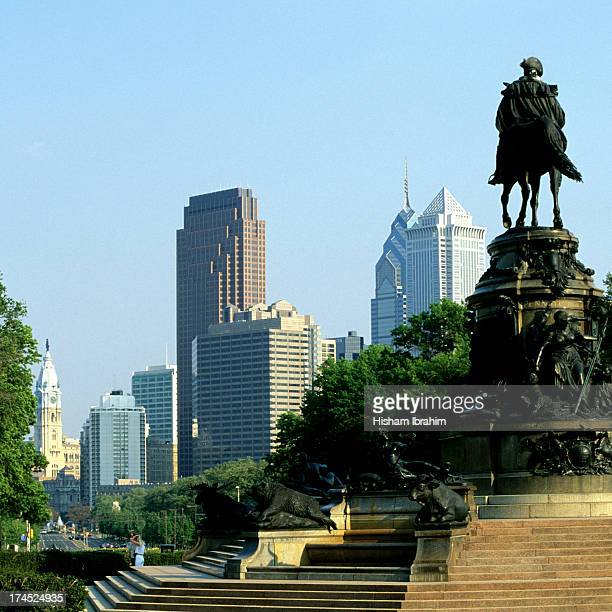Location
You can
have an enjoyable ride in the liberty carousal on famous racehorse heroes, or
can hear tales concerning Franklin Square’s past at the story telling bench, or
savor the scrumptious burgers with Cake Shake.
A Brief History of Franklin Square
The
history of the square dates back to the last decades of the seventeenth century
when William Penn, the English Quaker who founded Pennsylvania, a province of
the British colony of North America and later to become a state of the U.S.A.
in 1862, planned for the establishment of five open public squares in
Philadelphia. The squares were situated in such a way that one of them lay in
the middle and was named Center Square while the other four were located to the
northeast, southeast, southwest, and northwest of it. The Center Square is at
present the site of the City Hall.
The area
where the Northeast Public Square was situated was used in the past for grazing
cattle, trading of horses and cattle, military training and parade, storing
arms, and also a burial ground. The Northeast Public Square was named Franklin
Square in 1825 Benjamin Franklin---- one of the founding fathers of the nation.
It is believed that it was here that he had conducted his remarkable experiment
with a kite and key revealing the nature of electricity carried by clouds.
Isamu Nagochi, the notable Japanese American sculptor, has made a sculpture to
commemorate this great discovery. The stainless steel sculpture named “Bolt of
Light” was installed in 1984, facing the square at 6th street.
